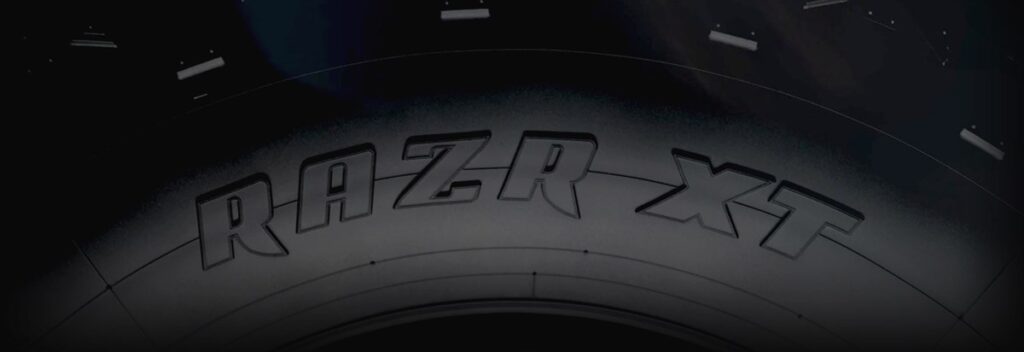Aquaplaning can have devastating effects on you and your car; so, what is aquaplaning and how can we avoid it in our daily driving?
What is aquaplaning?
Aquaplaning occurs when the tyres of your vehicle hit a layer of water caused by heavy rainfall and cannot grip to the surface of the road. The water on the surface causes your tyres to lose traction, preventing response from any instruction you give your vehicle, including braking, steering and accelerating. Of course, any instance that occurs whereby you are unable to control your vehicle is extremely dangerous and increases the risk of having an accident. According to the Met Office, the UK sees an average of 156.2 days of rainfall per year which is why aquaplaning is such a common issue in the UK.
How to tell if your car is aquaplaning.
So, how can you tell if your car is aquaplaning? There are a few tell-tale signs you might notice if you car begins to aquaplane on a wet road, including; feeling the steering become lighter, hearing your engine become louder, experiencing the back end of your car drifting from side-to-side or feeling your car suddenly slow as the water inhibits the normal movement. If you experience any of these, it’s best to not panic. You can help to regain control of your car by gently easing off the accelerator to slow the car down (do not hit the brakes unless absolutely necessary) and try to keep a firm grip on your steering wheel. Making any sudden movements can cause further loss of control.
How to avoid aquaplaning
As with any situation, prevention is always better than cure, therefore the best way to avoid aquaplaning is as follows:
- Quality tyres – the only parts keeping your car in contact with the road are the tyres. Old, damaged tyres with poor tread increase the risk of aquaplaning as they are already at risk of losing traction from normal road conditions. The less tread the tyres have, the less room there is for water to be dispersed from the contact patch. Less tread = less water dispersal which results in aquaplaning.
- Control your speed – you should always alter your speed depending on the weather conditions that you are driving in. If it has recently been raining, or it is currently raining, there will be water on the surface of the road and your tyres will have less chance of gripping to the surface whilst travelling at high speeds. It’s important to remember that stopping distances in wet weather are also longer, therefore keeping a safe distance from the car in front and travelling at a safe speed will decrease the risk of aquaplaning.
- Smooth driving – Avoiding sharp movements such as fast steering or harsh braking will reduce the risk of aquaplaning. Smooth driving is always advisable even in perfect driving conditions but water on the surface of the road can cause you to lose control of your car. Pay attention to the roads, brake and steer more smoothly to avoid losing traction.
Which tyres help to avoid aquaplaning?
Maxxis tyres have been constructed to help reduce the chances of aquaplaning and have also proven themselves in various tyre tests.
Both the Premitra 5 HP5 and Victra Sport 5 have shown impressive results even against the premium brands for wet handling, making them the perfect all-round summer tyres, as suggested by a variety of tyre tests.
For peace of mind whatever the weather, choose an All-Season tyre such as the Premitra All-Season AP2.
To see these figures for yourself, see the links below.











